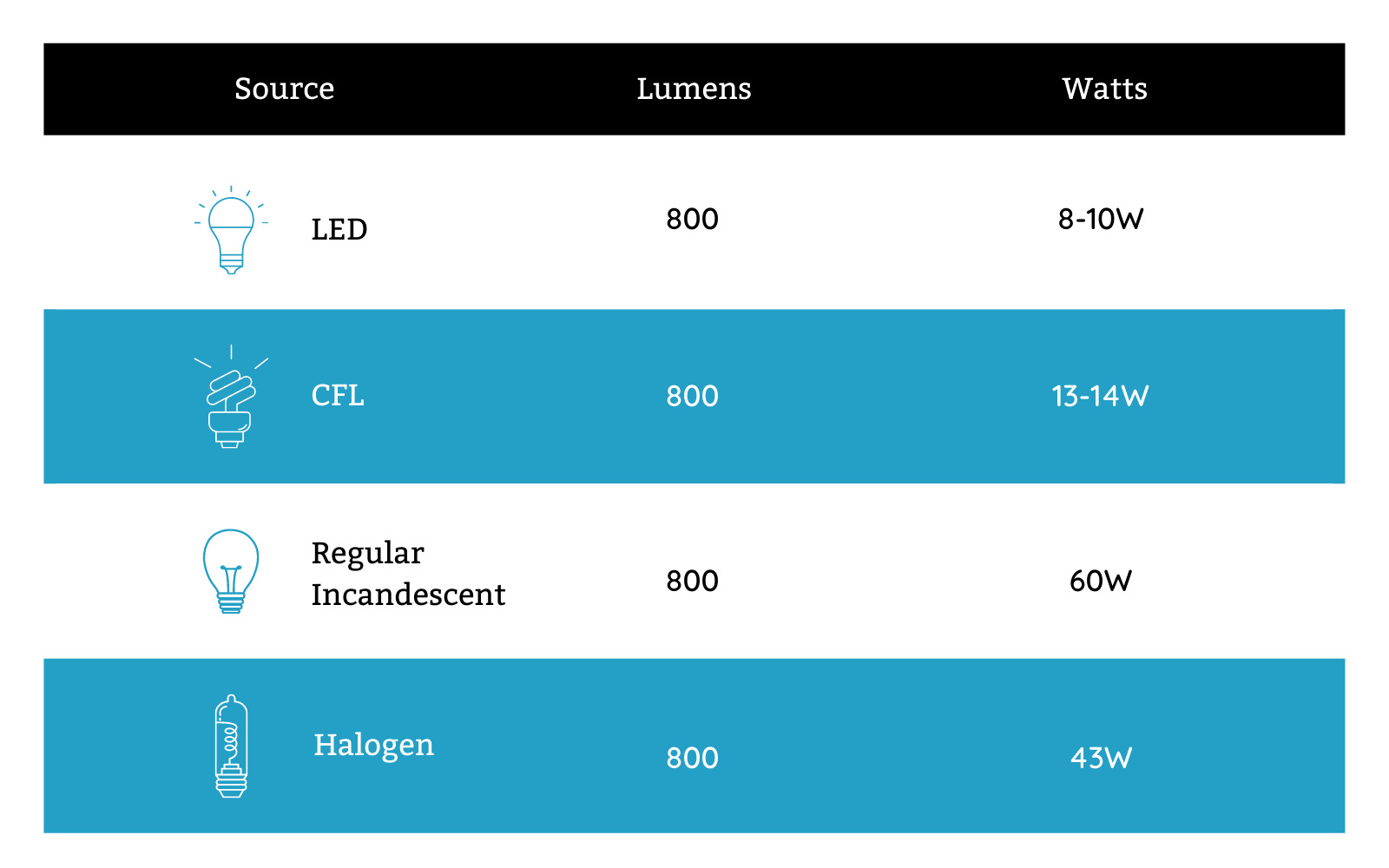

Articles
How Many Lumens Is A Halogen Bulb
Modified: December 7, 2023
Discover the answer to "How Many Lumens Is A Halogen Bulb" and learn more about halogen bulb brightness in our informative articles.
(Many of the links in this article redirect to a specific reviewed product. Your purchase of these products through affiliate links helps to generate commission for Storables.com, at no extra cost. Learn more)
Introduction
Welcome to this comprehensive guide on halogen bulbs and their lumen output. If you’ve ever been confused about how many lumens a halogen bulb produces or the factors that affect their brightness, you’ve come to the right place. In this article, we will explore the world of halogen bulbs and shed light on their lumen output.
Halogen bulbs are a popular choice for residential and commercial lighting applications. They are known for their bright, crisp light, making them suitable for a wide range of tasks and environments. However, understanding the lumen output of halogen bulbs is crucial to ensure you choose the right bulb for your needs.
In this guide, we will explain what a halogen bulb is, break down the concept of lumens, delve into the lumen output of halogen bulbs, explore the factors that affect their brightness, and compare their lumen output with other types of light sources. By the end of this article, you will have a clear understanding of how many lumens a halogen bulb produces and be equipped to make informed decisions when it comes to lighting your space.
So, let’s dive in and unravel the world of halogen bulbs and lumens!
Key Takeaways:
- Halogen bulbs typically produce 20 to 30 lumens per watt, offering bright and intense light suitable for various applications. Factors like wattage, design, and gas mixture can affect their lumen output.
- When comparing lumen output, halogen bulbs outshine traditional incandescent bulbs but are surpassed by LED bulbs in energy efficiency. Consider factors beyond lumens, such as color rendering and energy efficiency, when choosing the right light source.
Read more: How Many Lumens Is A 300 Watt Halogen Bulb
What is a Halogen Bulb?
A halogen bulb is a type of incandescent lamp that uses a halogen gas to increase its lifespan and improve its efficiency. It operates similarly to a traditional incandescent bulb, but with the addition of a small amount of halogen gas inside the bulb.
The halogen gas helps to redeposit evaporated tungsten back onto the filament, which extends the lifespan of the bulb. This process, known as the halogen cycle, allows the filament to operate at a higher temperature, resulting in a whiter and brighter light compared to standard incandescent bulbs.
Halogen bulbs are commonly used for various lighting applications, including general household lighting, task lighting, and automotive lighting. They are available in a range of sizes and shapes, making them versatile for different fixtures and environments.
One of the key advantages of halogen bulbs is their ability to produce excellent color rendering, which means they can accurately display colors and details. This makes them ideal for tasks that require precise illumination, such as reading, cooking, or working on detailed projects. The crisp and white light produced by halogen bulbs is also preferred by many in retail and display settings, as it showcases products in their true colors.
Furthermore, halogen bulbs offer instant full brightness when turned on, unlike some other energy-efficient alternatives that take time to reach their full light output.
It’s important to note that halogen bulbs operate at higher temperatures than other types of bulbs, so caution should be taken when handling them to avoid burns. Always allow the bulb to cool completely before replacing it or performing any maintenance.
Now that we understand what a halogen bulb is, let’s explore the concept of lumens and how they relate to the brightness of these bulbs.
Understanding Lumens
Before diving into the lumen output of halogen bulbs, it’s important to have a clear understanding of what lumens are and how they measure the brightness of a light source.
Lumens are a unit of measurement used to quantify the amount of light emitted by a light source. In simpler terms, lumens measure the total amount of visible light that a bulb or fixture produces. The higher the number of lumens, the brighter the light output.
Unlike watts, which measure the amount of energy consumed by a bulb, lumens specifically measure the brightness of the light produced. This means that two bulbs with the same wattage can have different lumen outputs, resulting in variations in brightness.
Understanding the lumen output of a bulb is crucial when selecting the right lighting for your space. Consider the specific requirements of the room or area you want to light up. For instance, you may need brighter lighting for a task-oriented space like a kitchen or home office, while a warmer and more ambient lighting may be preferred for a living room or bedroom.
When shopping for bulbs, make sure to check the lumen rating on the packaging. This will give you a clear indication of how bright the bulb will be. Keep in mind that the desired brightness level may vary depending on personal preference and the specific tasks or activities carried out in the space.
Now that we have a grasp on what lumens are and how they relate to brightness, let’s explore the specific lumen output of halogen bulbs and how it compares to other types of light sources.
The Lumen Output of Halogen Bulbs
Halogen bulbs are known for their bright and intense light output, making them a popular choice for applications that require high levels of illumination. The exact lumen output of a halogen bulb can vary depending on its wattage and design, but generally, they produce a significant amount of lumens compared to traditional incandescent bulbs.
On average, a standard halogen bulb produces around 20 to 30 lumens per watt. For example, a 60-watt halogen bulb can typically produce between 1200 to 1800 lumens. This lumen output is much higher than that of a standard incandescent bulb, which typically produces around 10 to 17 lumens per watt.
It’s important to note that halogen bulbs are available in various wattages, ranging from as low as 20 watts to as high as 500 watts or more. The lumen output will vary accordingly, with higher wattage bulbs producing more lumens.
The lumen output of a halogen bulb is influenced by factors such as the bulb’s design, filament type, and gas mixture. Bulbs with a high-quality design and a precise filament will generally produce a more efficient and higher lumen output.
Additionally, the size and shape of the halogen bulb can also affect its lumen output. Compact and directional halogen bulbs, such as the MR16 or PAR bulbs, are designed to focus the light in a specific direction, resulting in a higher lumen output in that area.
Halogen bulbs are renowned for their excellent color rendering capabilities, which means they can display colors accurately and vividly. This makes them suitable for applications where color accuracy is essential, such as art galleries, retail stores, and photography studios.
Overall, halogen bulbs offer a strong and bright light output, making them a popular choice for various lighting needs. However, it’s worth considering other factors such as energy efficiency and lifespan when deciding on the right bulb for your specific requirements.
Now that we have explored the lumen output of halogen bulbs, let’s delve into the factors that can affect their brightness.
A typical halogen bulb produces around 20-30 lumens per watt. To calculate the total lumens, multiply the wattage of the bulb by this range. For example, a 50-watt halogen bulb would produce 1000-1500 lumens.
Factors Affecting Lumens in Halogen Bulbs
Several factors can impact the lumen output of halogen bulbs. Understanding these factors will help you choose the right bulb for your lighting needs and maximize the brightness and efficiency of your lighting setup. Let’s explore some of the key factors that affect the lumens in halogen bulbs:
1. Wattage: The wattage of a halogen bulb is a significant factor in determining its lumen output. In general, higher wattage bulbs produce more lumens compared to lower wattage ones. However, it’s important to consider the balance between brightness and energy consumption, as higher wattage bulbs consume more electricity.
2. Design and Filament Type: The design and filament type of a halogen bulb can significantly impact its lumen output. Bulbs with a well-designed filament arrangement and a precise filament size can maximize the efficiency of light production. Additionally, halogen bulbs with a multi-filament design can enhance the lumen output by providing multiple points of light emission.
3. Gas Mixture: The type and composition of the halogen gas mixture inside the bulb can affect its lumen output. The halogen cycle, where the halogen gas redeposits evaporated tungsten back onto the filament, helps to maintain the bulb’s brightness. The specific combination of halogen gases used can influence how effectively this process occurs, therefore impacting the lumen output.
4. Bulb Size and Shape: The size and shape of a halogen bulb can have an impact on its lumen output. Compact halogen bulbs, such as MR16 or PAR bulbs, are designed to focus the light in a specific direction, resulting in a higher lumen output in that area. Similarly, larger bulbs may have a greater surface area for light emission, which can contribute to increased lumen output.
5. Voltage: The voltage supplied to a halogen bulb can affect its lumen output. Most halogen bulbs operate on standard household voltage, but some specialized bulbs may require specific voltage levels for optimum performance. It’s important to check the recommended voltage for your halogen bulb to ensure proper brightness and longevity.
Understanding these factors will empower you to select the right halogen bulb for your lighting needs. It’s also worth noting that using dimmer switches with halogen bulbs can adjust the lumen output, allowing you to customize the brightness to suit your preferences.
Now that we have explored the factors that affect lumens in halogen bulbs, let’s compare the lumen output of halogen bulbs with other popular light sources.
Read more: How Many Lumens Is A 500 Watt Halogen Bulb
Comparing Lumens of Halogen Bulbs with Other Light Sources
When it comes to choosing the right light source for your specific needs, it’s essential to compare the lumen output of different options. Let’s take a look at how halogen bulbs stack up against other popular light sources in terms of their lumen output:
1. Incandescent Bulbs: Traditional incandescent bulbs have been widely used for many years. However, they have lower lumen efficiency compared to halogen bulbs. On average, incandescent bulbs produce around 10 to 17 lumens per watt, whereas halogen bulbs can produce roughly 20 to 30 lumens per watt. This means that halogen bulbs are generally brighter and more energy-efficient than incandescent bulbs.
2. LED Bulbs: LED (Light Emitting Diode) bulbs are considered one of the most energy-efficient lighting options available today. Although they consume significantly less energy than both incandescent and halogen bulbs, their lumen output can vary. LED bulbs can produce anywhere from 50 to 150 lumens per watt, depending on the specific model and quality. In general, LED bulbs offer a comparable or higher lumen output compared to halogen bulbs while consuming much less energy.
3. CFL Bulbs: Compact Fluorescent Lamp (CFL) bulbs have been popular as an energy-efficient alternative to incandescent bulbs. However, CFL bulbs have a lower lumen output compared to halogen bulbs. On average, CFL bulbs produce around 50 to 70 lumens per watt. While still more energy-efficient than incandescent bulbs, they may not provide the same brightness levels as halogen bulbs.
4. Fluorescent Tubes: Fluorescent tubes are commonly used in commercial settings and provide ample light coverage. However, they have a lower lumen output compared to halogen bulbs. Fluorescent tubes typically produce around 60 to 100 lumens per watt, depending on the specific type and size of the tube.
5. HID Bulbs: High-Intensity Discharge (HID) bulbs, such as metal halide or high-pressure sodium lamps, are often used in industrial or outdoor lighting applications. These bulbs can produce a high lumen output, ranging from 60 to 150 lumens per watt. While they can provide bright illumination, they require specific fixtures and may not be suitable for every setting.
It’s important to note that the lumen output alone may not be the sole factor in choosing the right light source. Consider other factors such as color temperature, lifespan, energy efficiency, and the specific lighting requirements of your space.
Now that we have compared the lumen output of halogen bulbs with other light sources, let’s wrap up our exploration of halogen bulbs and lumens.
Conclusion
In conclusion, understanding the lumen output of halogen bulbs is crucial when selecting the right lighting solution for your space. Halogen bulbs are known for their bright and intense light, providing excellent color rendering and versatility for various applications.
With an average lumen output of 20 to 30 lumens per watt, halogen bulbs offer a significant improvement in brightness compared to traditional incandescent bulbs. Their efficient filament design, precise gas mixture, and compact nature contribute to their impressive lumen output.
Factors such as wattage, design, filament type, gas mixture, bulb size and shape, and voltage can affect the lumen output of halogen bulbs. Understanding these factors empowers you to choose the right bulb for your lighting needs and maximize brightness and efficiency.
When comparing halogen bulbs with other light sources, they offer a higher lumen output than incandescent bulbs, providing a brighter and more energy-efficient alternative. However, LED bulbs are the most energy-efficient option available, offering comparable or higher lumen output while consuming significantly less energy.
Ultimately, the choice of light source depends on your specific requirements, taking into consideration factors such as color temperature, lifespan, energy efficiency, and the intended use of the lighting. Selecting the right bulb will ensure optimal lighting conditions and a pleasant visual experience in your space.
We hope this comprehensive guide has shed light on halogen bulbs and their lumen output. Armed with this knowledge, you can confidently navigate the world of lighting and make informed decisions for your lighting needs.
Remember to consider factors beyond lumen output, such as color rendering, energy efficiency, and lifespan, when choosing the right light source. And always prioritize safety when handling and installing halogen bulbs, allowing them to cool before any maintenance or replacement.
Thank you for joining us on this enlightening journey through halogen bulbs and lumens. Here’s to bright and well-lit spaces!
Frequently Asked Questions about How Many Lumens Is A Halogen Bulb
Was this page helpful?
At Storables.com, we guarantee accurate and reliable information. Our content, validated by Expert Board Contributors, is crafted following stringent Editorial Policies. We're committed to providing you with well-researched, expert-backed insights for all your informational needs.
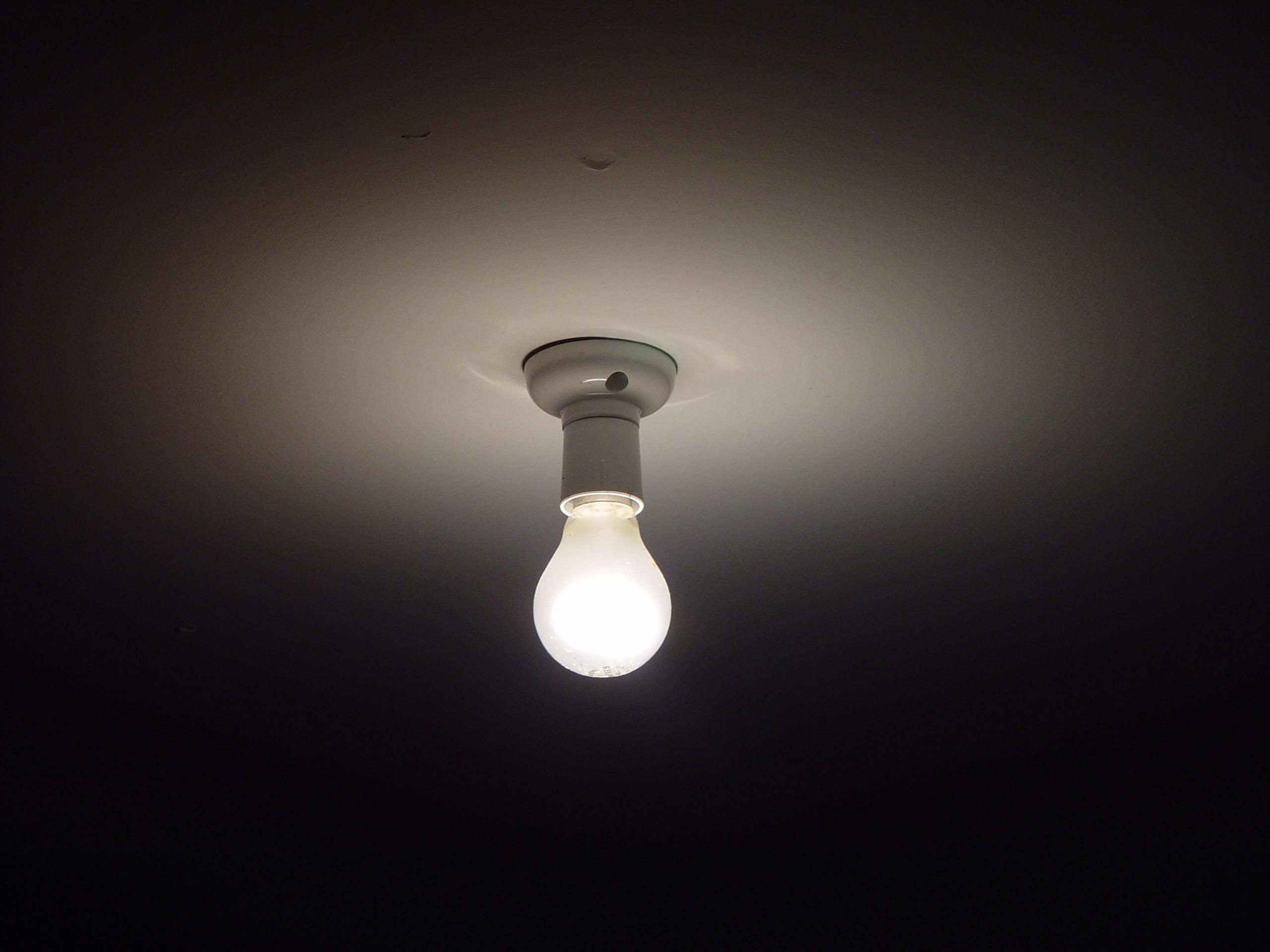

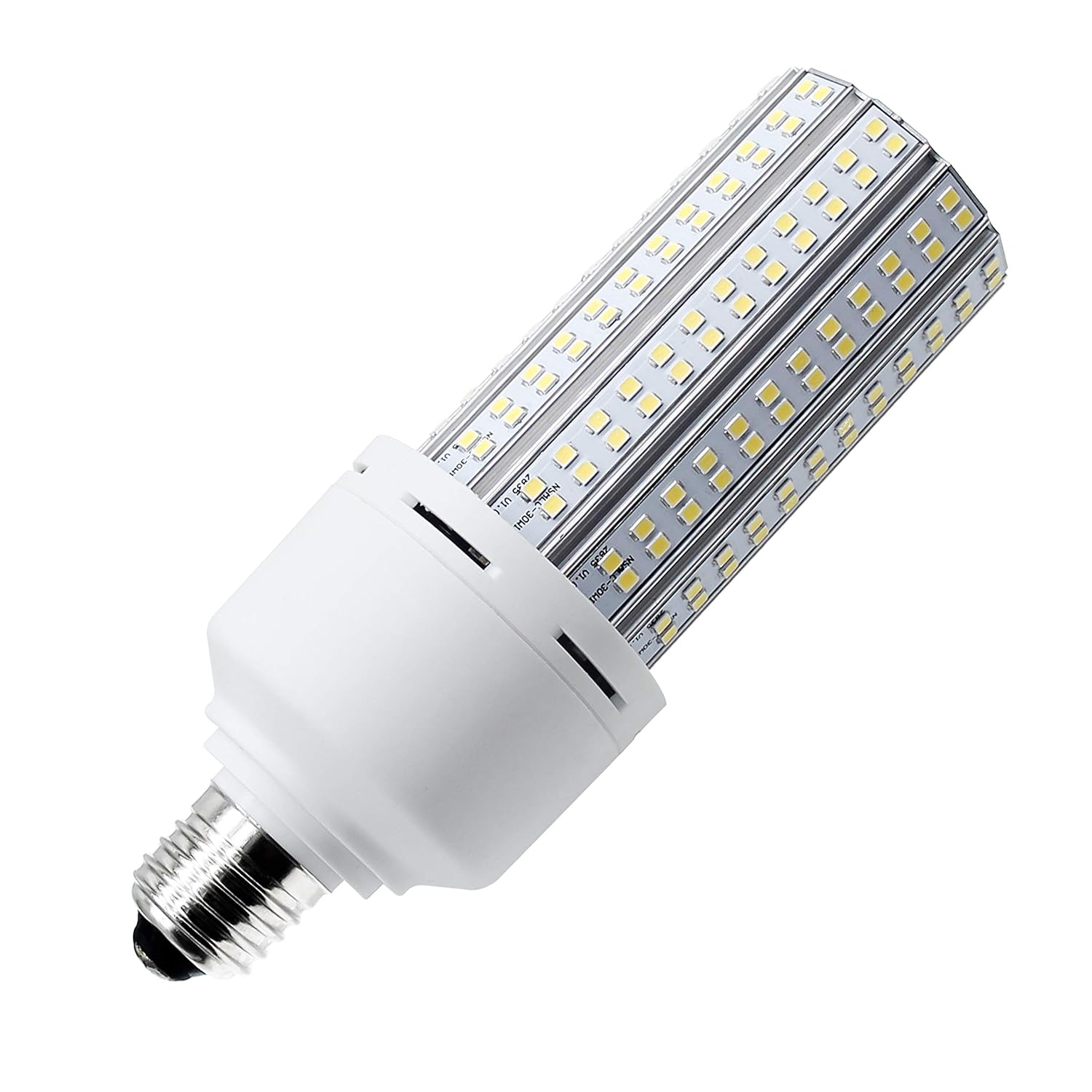
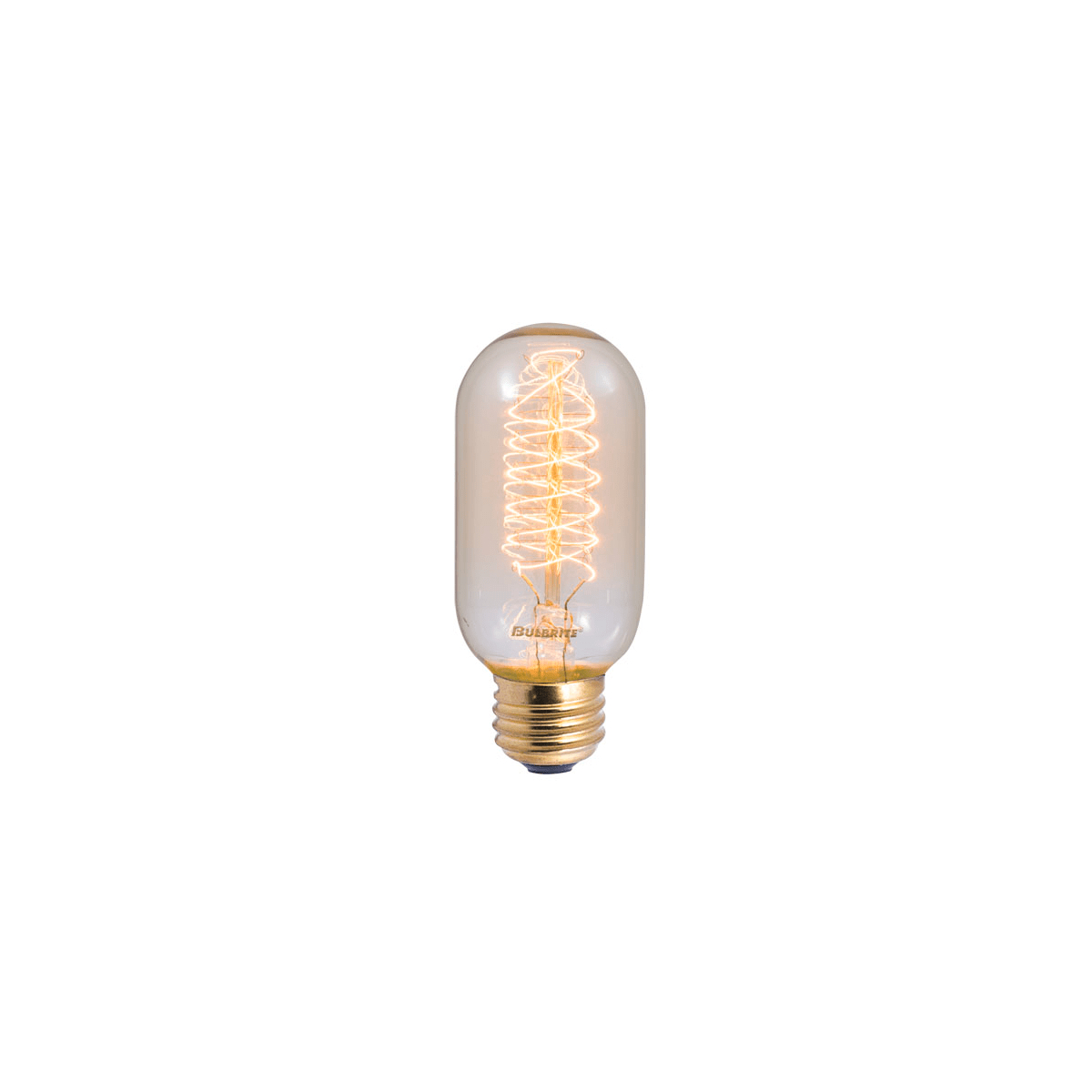
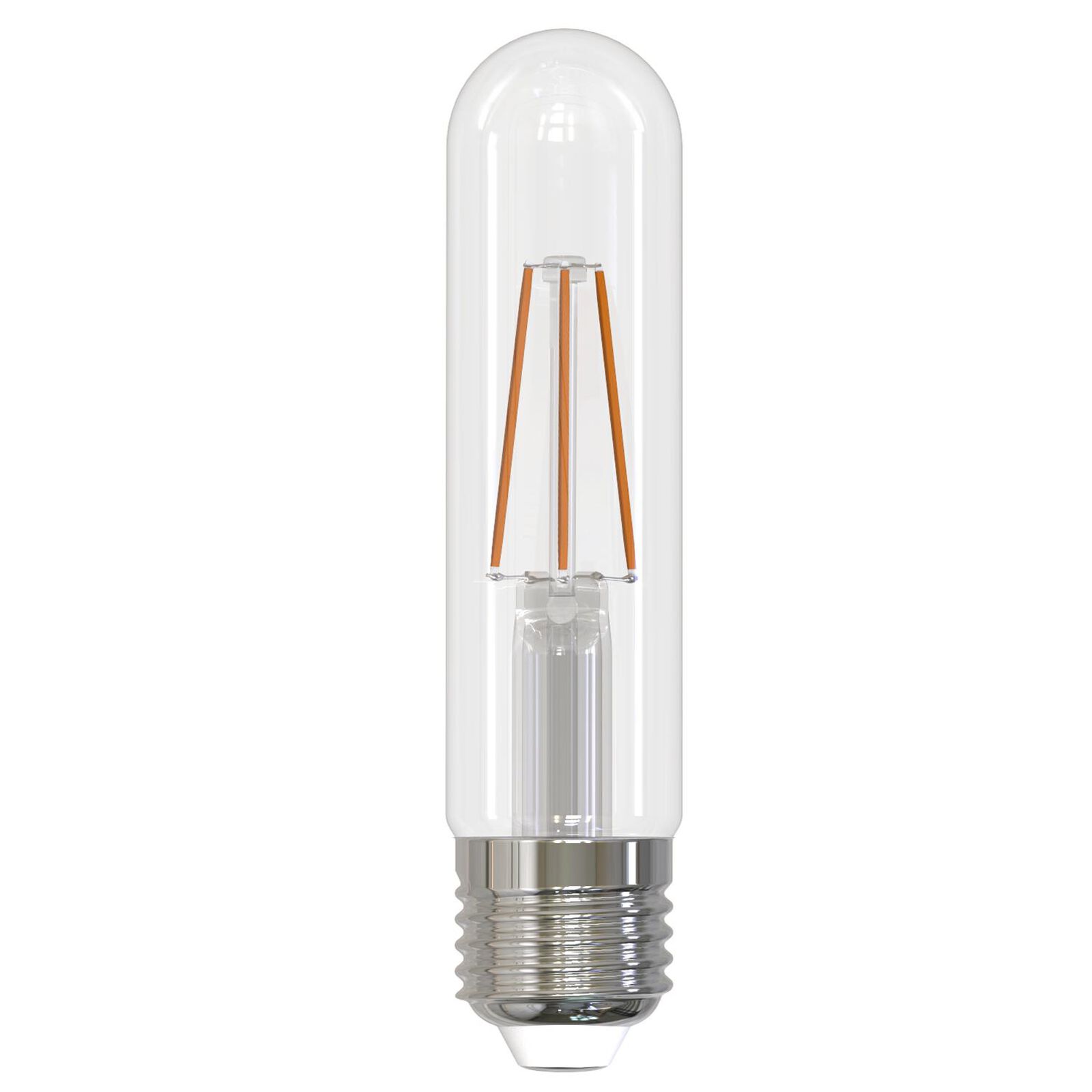
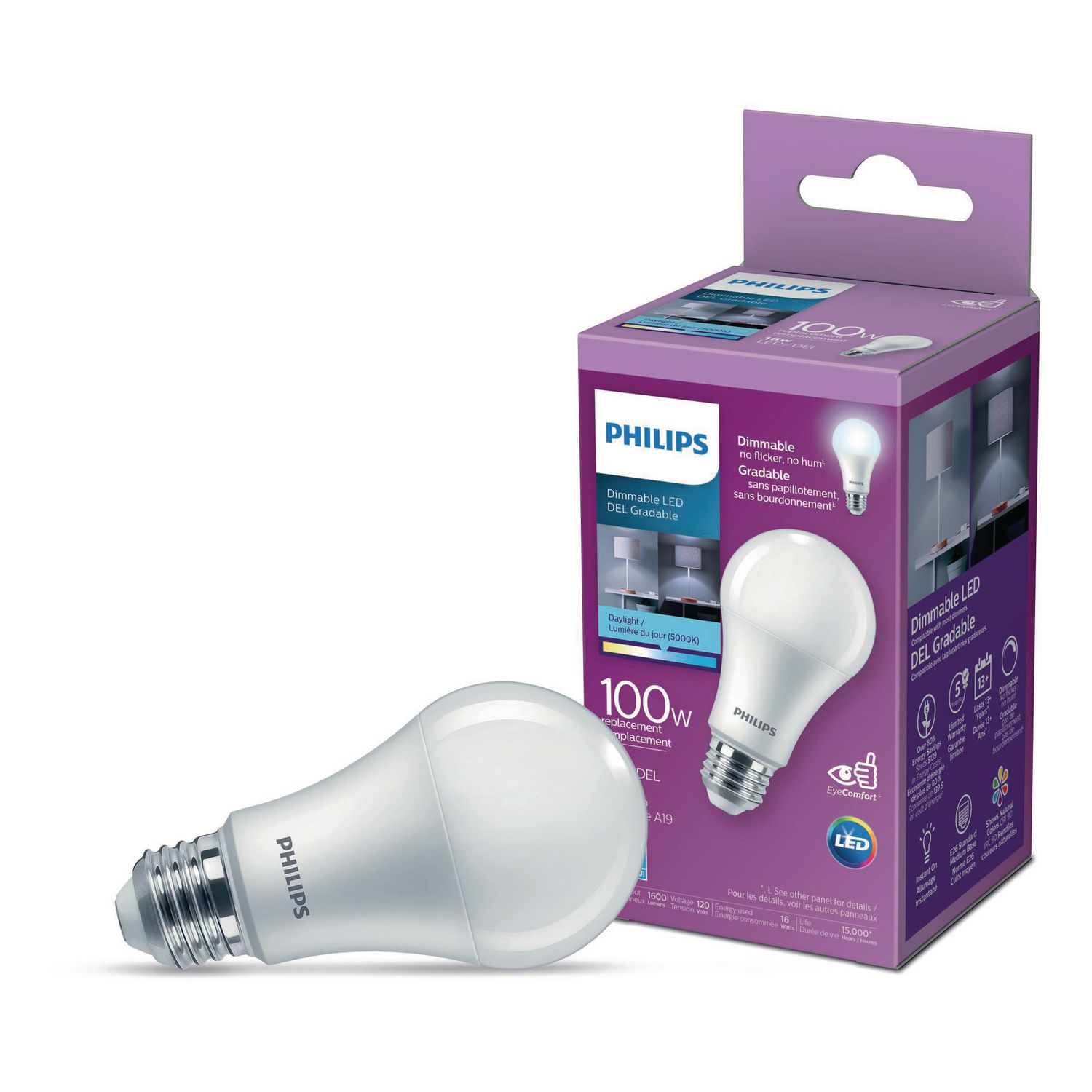
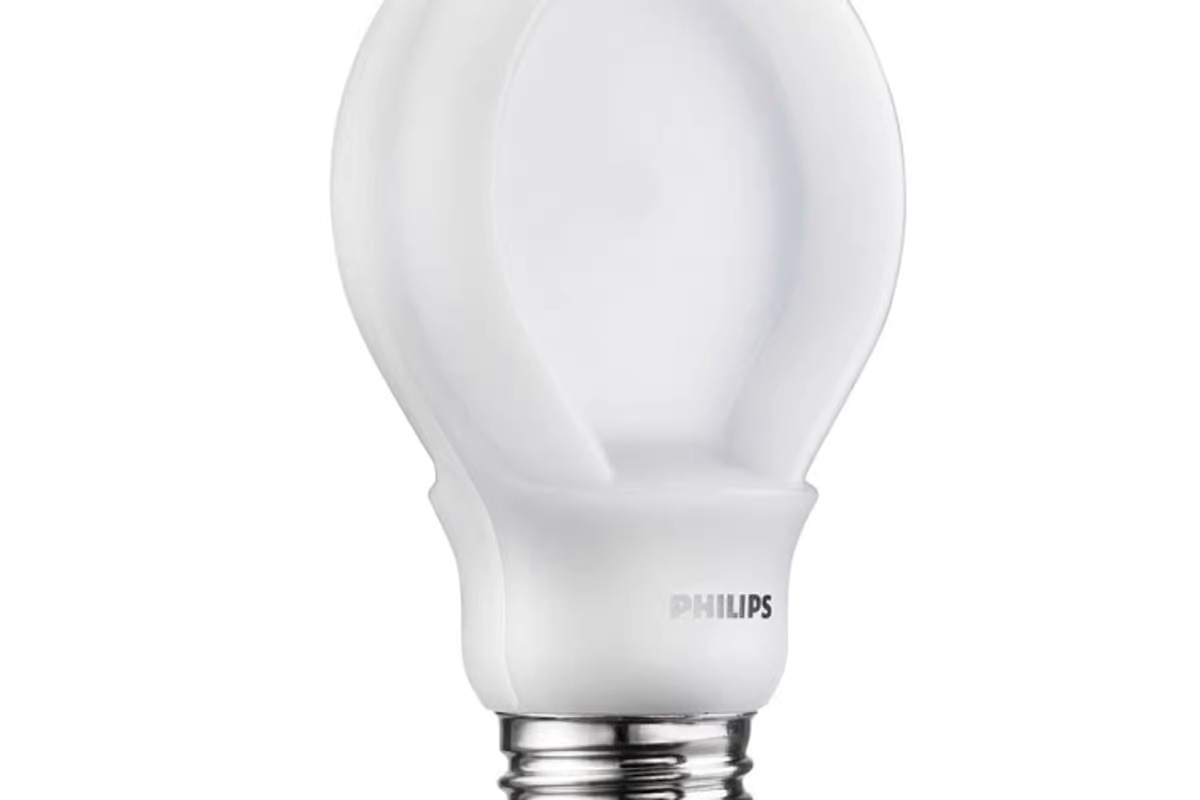
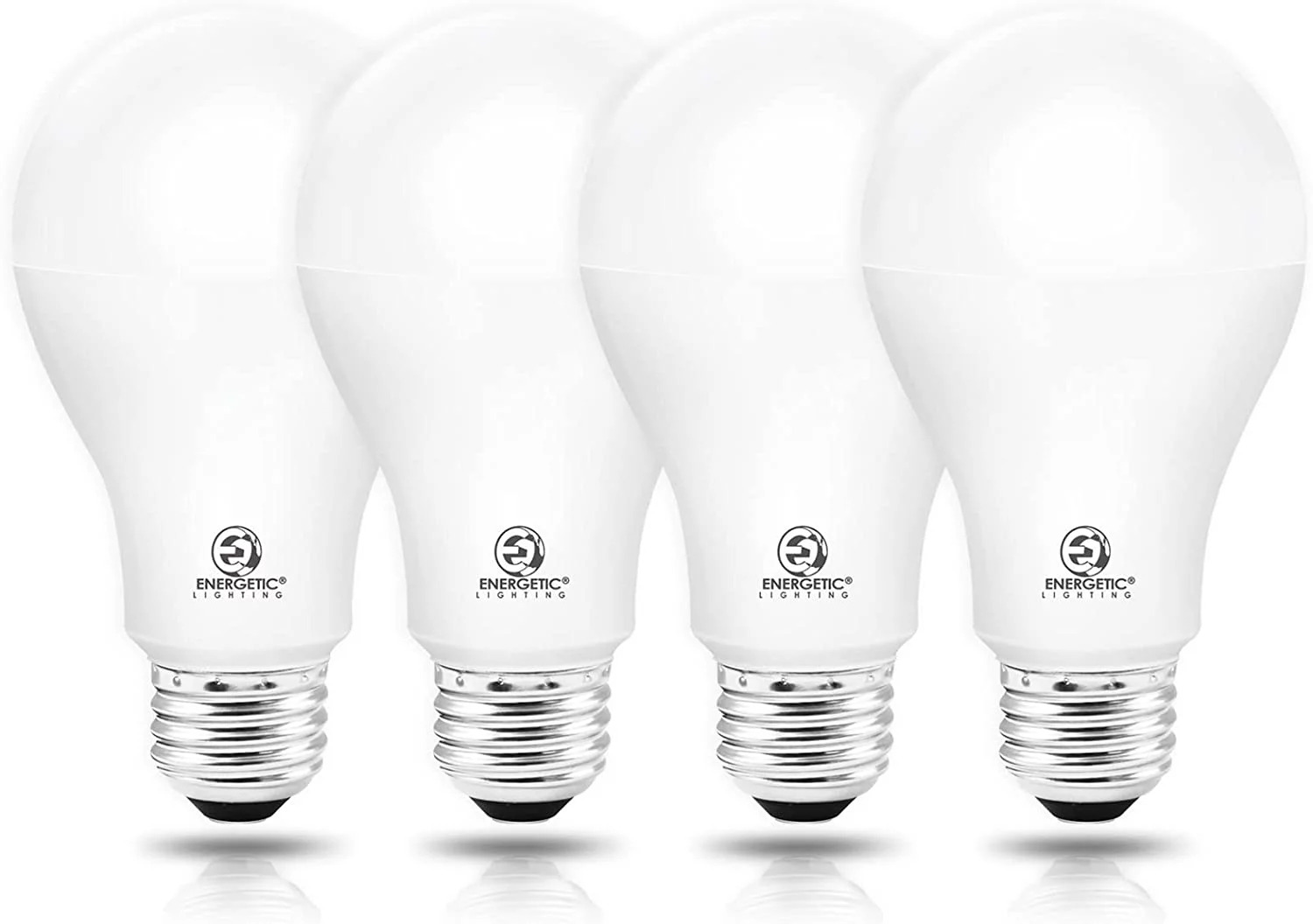
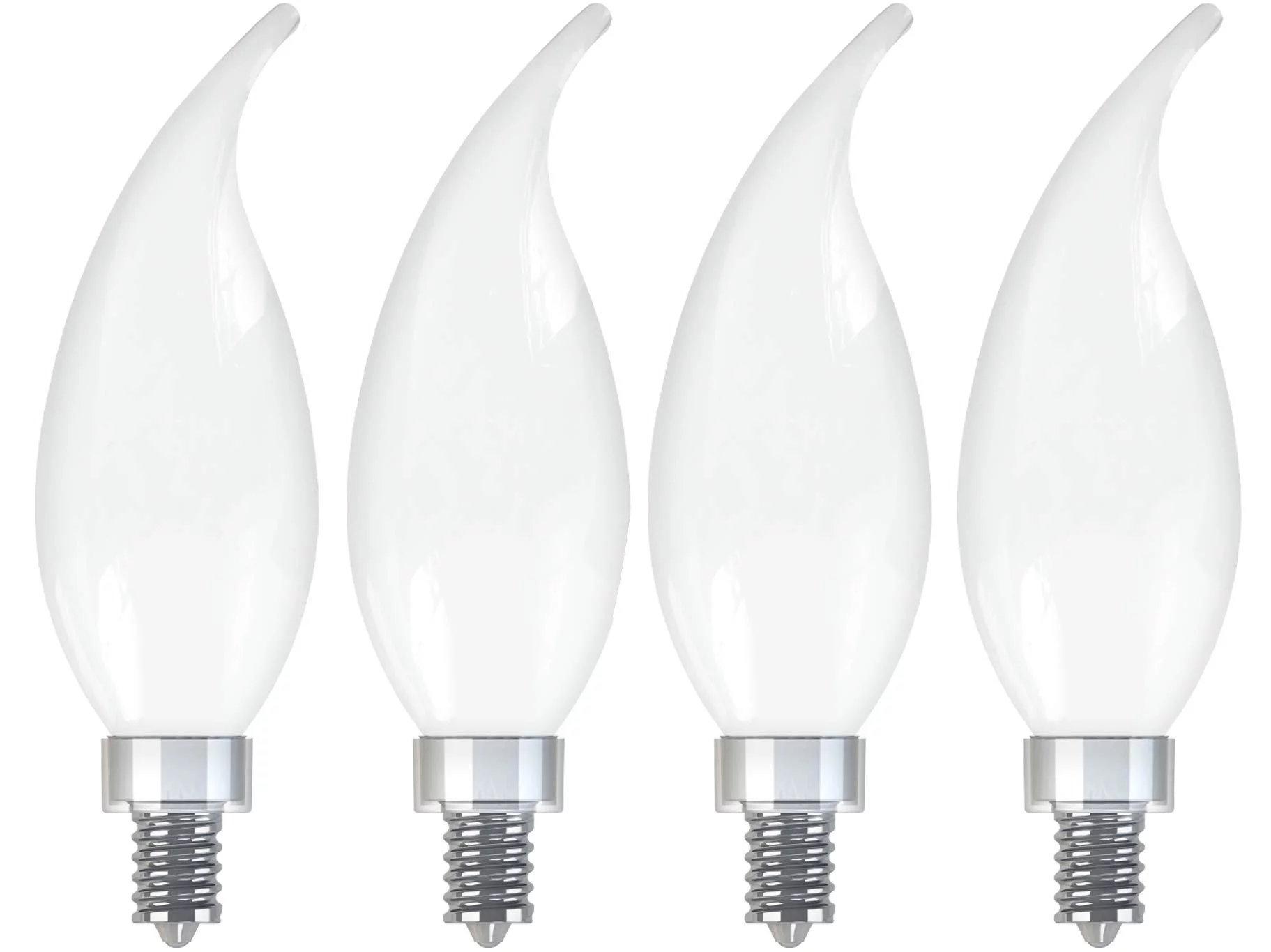
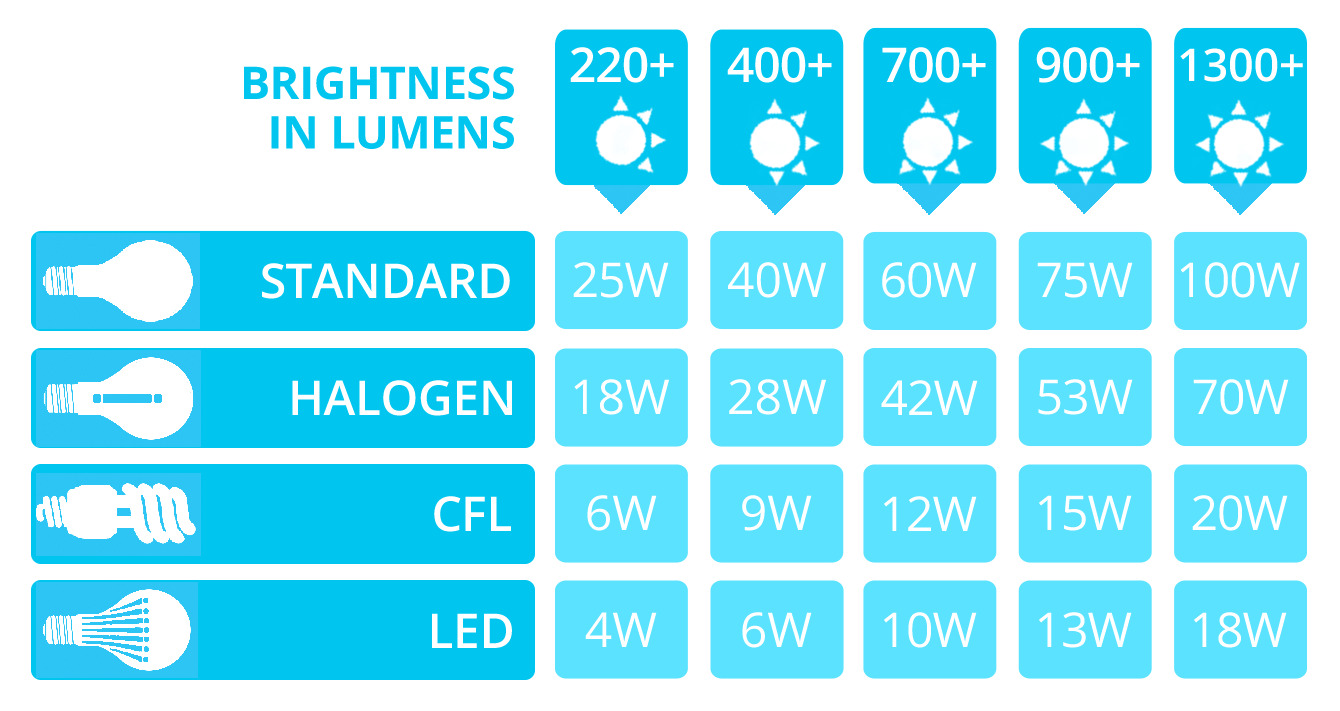
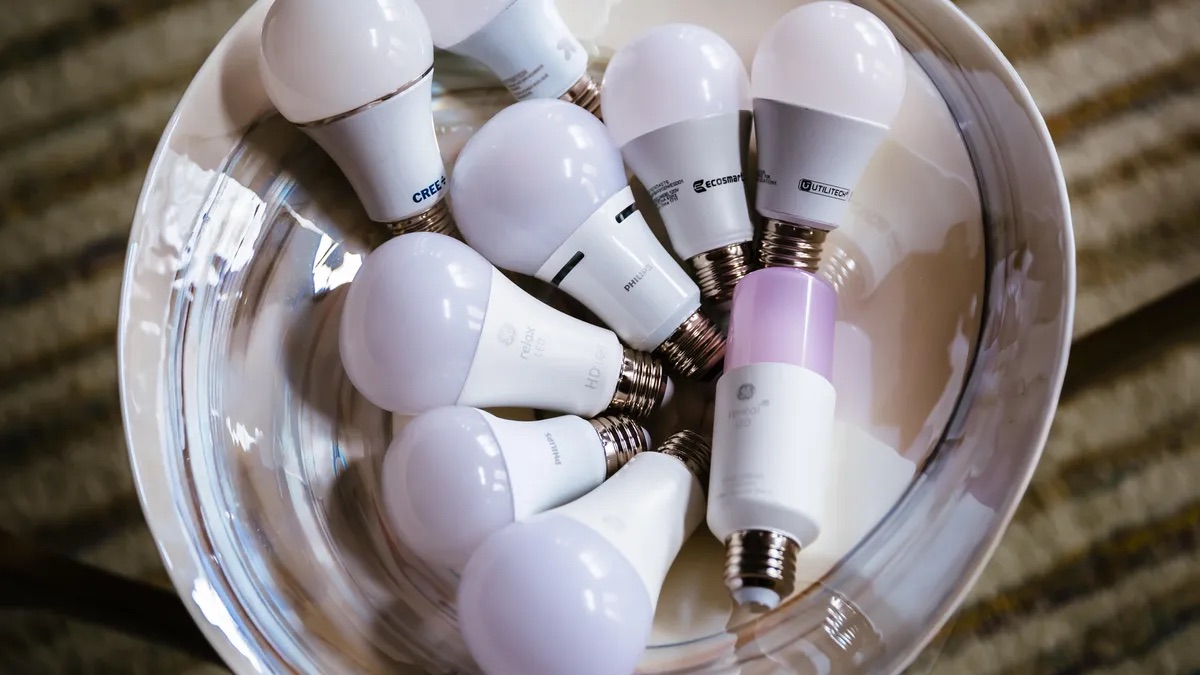
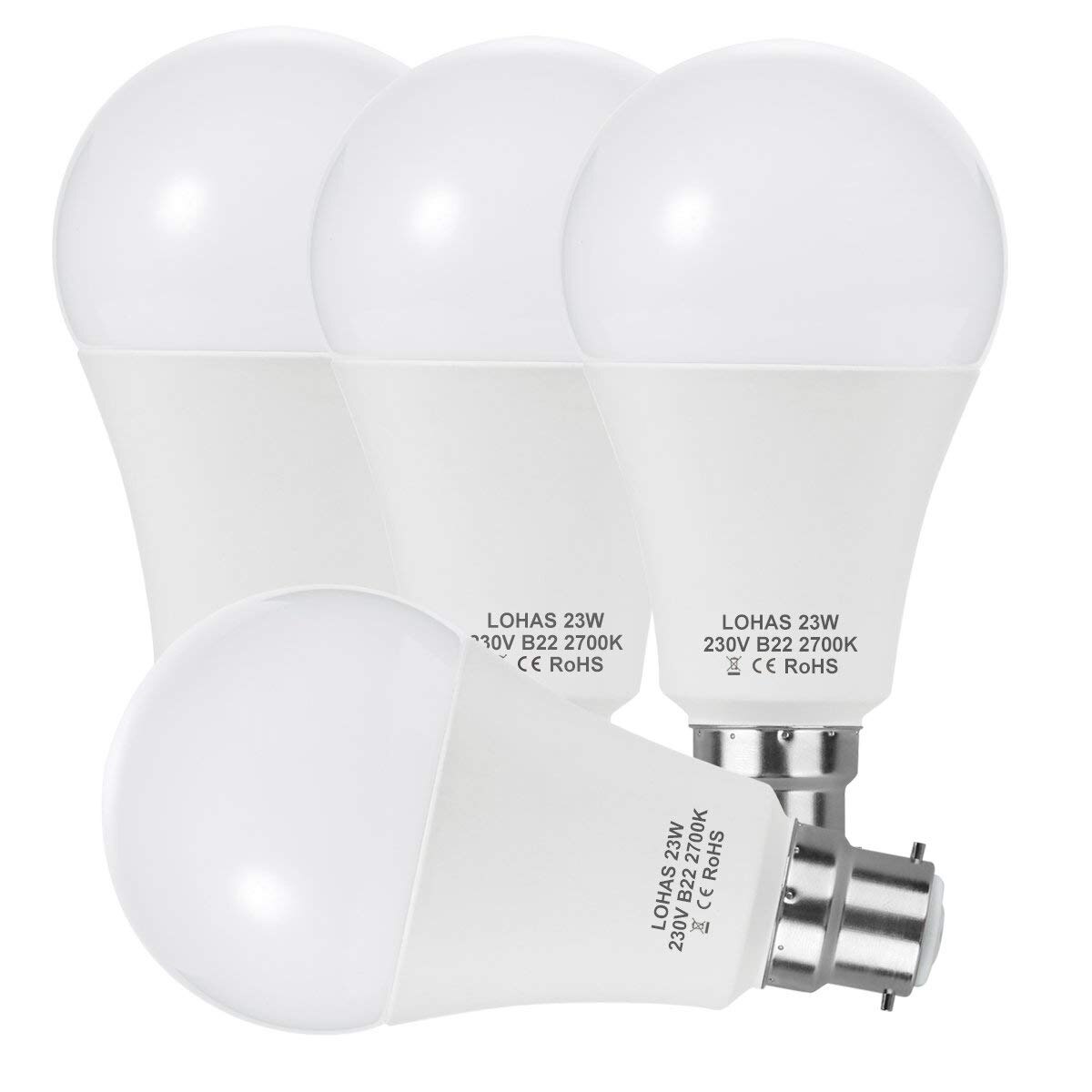



0 thoughts on “How Many Lumens Is A Halogen Bulb”